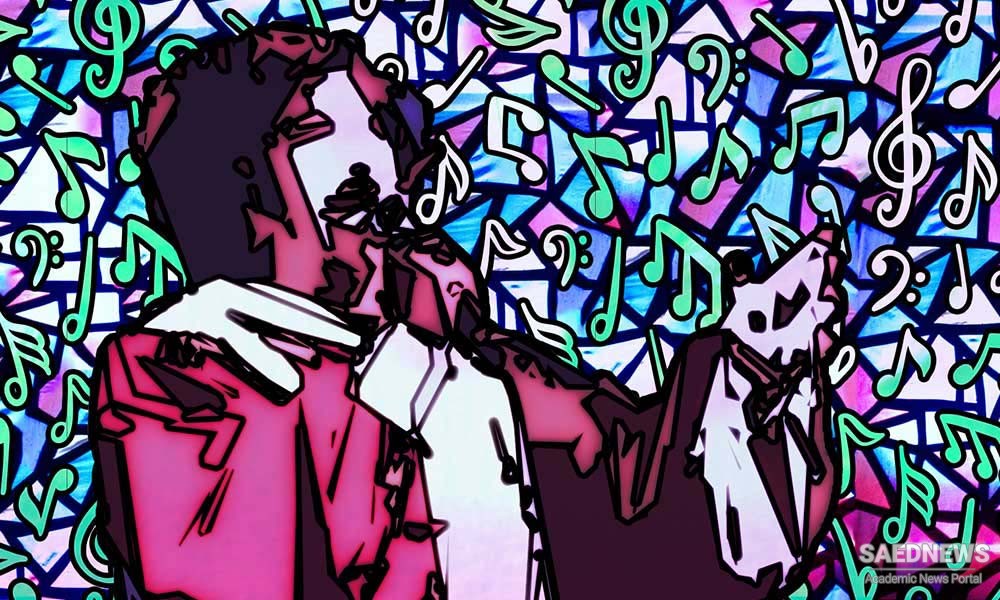Singing in public and private worship was a matter of course for the early Christians. For Jewish converts this was a continuance of synagogue customs, but, since the Church grew mostly among non-Jews, the technical forms employed 'were more Greek than Hebrew. The use of instruments was long resisted, because of their association with pagan sensuality. In addition to the Hebrew Psalms (in ,the Greek version), the new faith tended constantly to produce new hymns, at first apparently in the form of rhapsodies. From the 2d to the 4th centuries the foundations of the vast structure of Christian hymnody were securely laid, especially in the epochmaking work of certain Latin writers. The New Testament makes some mention of the singing of hymns. The earliest complete hymn extant is by Clement of Alexandria (d. 220), and parts of canticles like the Gloria bt Excelsis and the Te Deum may have 'been somewhat earlier. By about 400, sacred poems have adopted accent, rhyme and stanza in a way quite novel. . For two or three centuries thereafter the abundance of original hymns is a sure sign of the cultivation of religious music. One of the achievements of the early medireval period was a partial solution of the problem of exactly representing melodies by graphic signs. For the preservation and circulation of music a notation is as necessary as a method of writing is for literature, but the devising. of a practical system that should be both precise and easy to use was a process extending over many centuries. Altogether the most important of early methods was that of 'neumes ' - shorthand characters written above the words to be sung, indicating pictorially the rise and fall of the voice in pitch. In the early MSS., now-extant, in which neumes appear (not earlier than the 8th century), we find points and dashes used for monotone passages, slanting strokes for upward steps, crooks pointing downward for downward steps, compound curves for complex motions, etc. In 'different places and periods these marks took on various forms. Being a sort of cursive writing, they 'naturally varied with the writer and the usage of his time. In general, however, they tended to become more and more regular and precise, so as- to constitute not only a genuine record, but one of fairly universal intelligibility. At a late period they were developed into an ornate black-letter form, harmonizing well with the finest Gothic script. Yet at the best they were somewhat vague, serving chiefly to remind the singer of what he had learned by rate.


 Religious Music: Sacred Style and Holy Service
Religious Music: Sacred Style and Holy Service














































